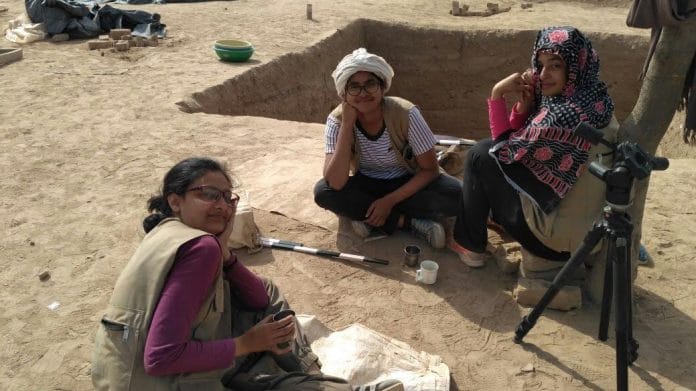The first women archaeologists in history were Victorian-era adventurers who felt most at home when farthest from it.’ This was the opening line of Amanda Adam’s book Ladies of the field, which resonates deeply with women archaeologists. The job of an archaeologist is physically demanding, requiring long hours in the heat or cold, digging in dusty trenches. It can be both physically and mentally taxing. In such situations, endurance comes from a place of love and dedication, enabling archaeologists—both men and women—to create a home away from home. It is a place where trenches are your domain, canvas tents your bedroom, and the pottery yard your garden.
In a profession like archaeology, traditionally dominated by men, the contributions of early female pioneers in archaeology were often overlooked. By the 19th and 20th century, when women were still carving their niche in the world, taking up archaeology—a job not considered ‘ladylike’ as it required women to rub shoulders with men—must have been revolutionary, even scandalous.
But their strength and determination revolutionised the discipline, paving the way for future generations to follow their passion.
Also read: Yes, she did — New findings show prehistoric women hunted too
The early pioneers: Women archaeologists in history
For centuries, archaeology had been more like a game of treasure hunting—a kind of cowboy science, where men travelled far and wide in search of relics. During this antiquarian phase, the field was heavily male-dominated. Yet, by the mid-19th century, women were beginning to enter archaeology, signalling changing times both in the discipline and society.
It wasn’t that women were absent from archaeological work before the 19th century; they had always been present but largely devalued and ignored. According to Mary Ann Levine (1994), a rigid, male-controlled power structure was established in archaeology’s early years, yet women consistently made significant—though often unrecognised—contributions.
- Victorian women adventurers braved societal norms to help establish archaeology as a discipline.
- Pioneers like Gertrude Bell and Tessa Wheeler made key discoveries but were often overshadowed by male colleagues.
- In India, figures like Debala Mitra and Vidula Jayaswal laid the groundwork for future women archaeologists.
- Women continue to shape archaeological research, ensuring their voices are vital to understanding history.
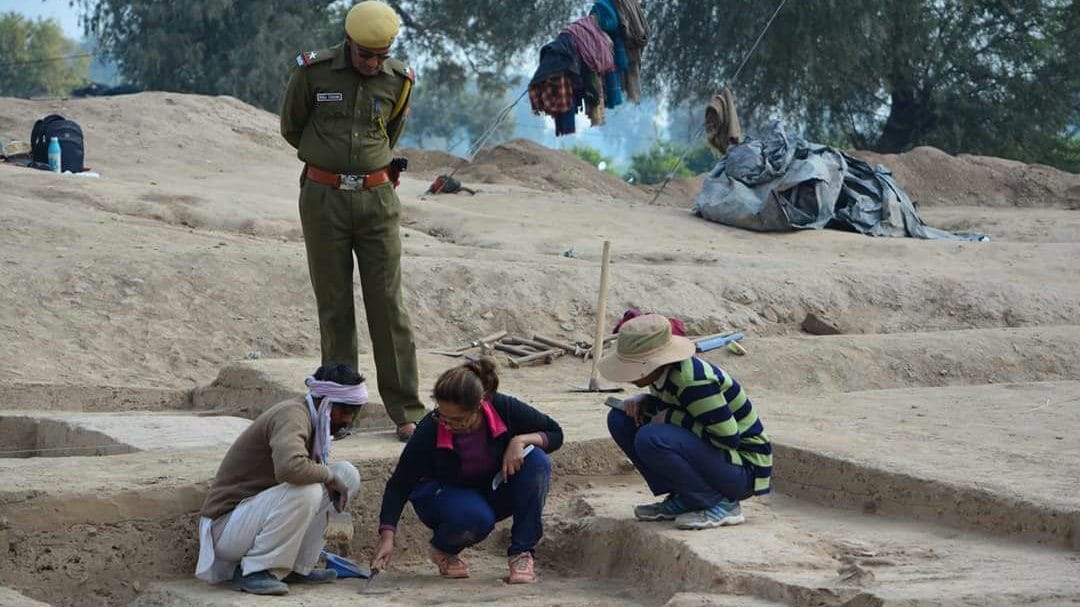
With the turn of the century, however, women’s participation in archaeology began gaining attention. For example, traveller, explorer, and adventurer Gertrude Bell travelled widely through the Middle East, documenting people and their heritage, including archaeological sites. Meanwhile, Edith Maud Cunnington wrote for Wiltshire Archaeological and Natural History Magazine about rescue archaeology. Although Maud initially followed her husband into the field, she soon established her authority and made her own mark.
Similarly, Tessa Verney Wheeler worked alongside her husband, Mortimer Wheeler, but had been involved in archaeology even before their marriage. The Wheelers excavated multiple sites in the UK and the Middle East, including Lydney Park, St Albans (Roman Verulamium), and Maiden Castle (an Iron Age hill fort). At St Albans, they perfected the technique of digging in squares to study stratigraphy, a method Mortimer later introduced in India, which is still widely used. Yet, despite a stellar career, Tessa was often overshadowed by her husband’s fame. This never stopped Tessa, inspiring her student Kathleen Kenyon, who perfected the Wheelers’ technique.

In 1961, Anne Stine Ingstad and her husband Helge discovered the remains of a Norse settlement in Newfoundland, North America. Anne led the excavation at L’Anse aux Meadows, but as her daughter Benedicte Ingstad recounted in A Grand Adventures, the findings were initially dismissed as amateurish, forcing Helge to take the lead. Anne’s expertise was questioned, causing her great stress. Despite the scrutiny, she never gave up and kept working and contributing to archaeology.
Between the 19th and 20th centuries, these pioneering women carved their mark in archaeology. Many worked alongside their spouses, but the challenges they faced and the hard work they put in cleared the path for the trailblazers who followed.
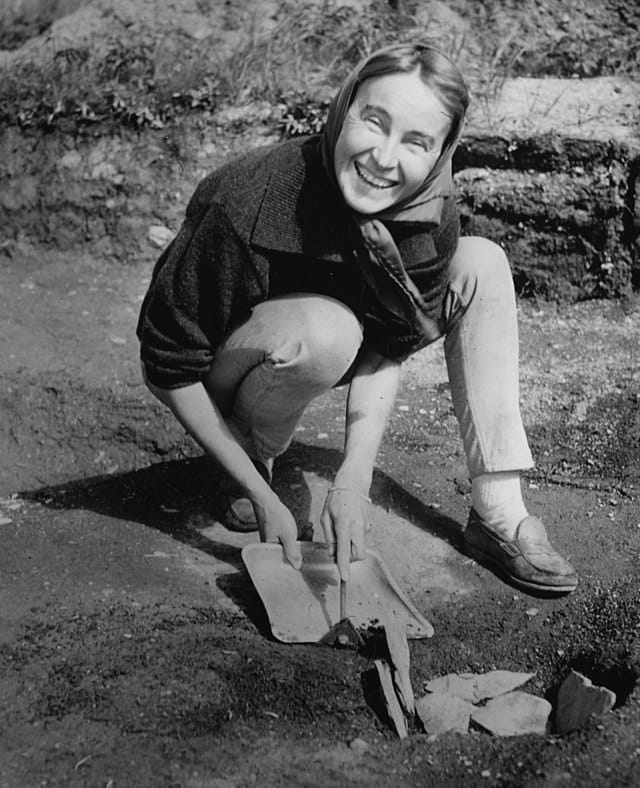
Also read: Homo sapiens and Neanderthals didn’t just share space and time. They interbred, exchanged ideas
Breaking barriers: Female pioneers in Indian archaeology
Unlike in Europe, pinpointing the start of women’s inclusion in Indian archaeology is difficult, as the stars of the field in the early to mid-1900s were predominantly men. Yet, pioneers like Debala Mitra quietly made headway to become an inspiration for future women archaeologists.
Not much is known about Mitra’s early years, but she participated in many illustrious projects, including Amalananda Ghosh’s Rajputana exploration in the 1950s. In 1981, she became the first female Director General of Archaeological Survey of India (ASI)—notably, the only archaeologist to hold the position, as subsequent female DGs have not been archaeologists. Mitra is known for her work at Ratnagiri, her explorations in Nepal, and her excavation of Tilaurakot. Her books on Buddhist archaeology remain significant resources.
Around the same time, Katy Frenchman Dalal was taking Ghosh’s work in the Ghaggar Basin further. She explored the stretch along the dried bed of Ghaggar in Rajasthan, documented unrecorded sites, and excavated key locations. As a young woman, exploring Rajasthan’s sandy dunes and barren lands was a challenge. Almost five decades later, her challenges, detailed in her doctoral dissertation, assured me as I explored the same region.
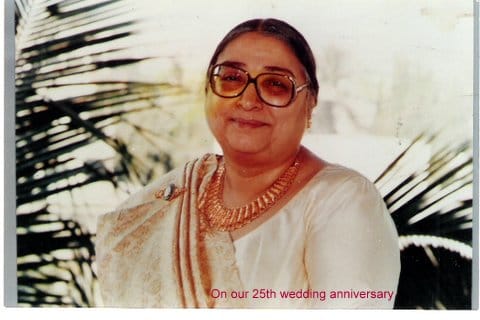
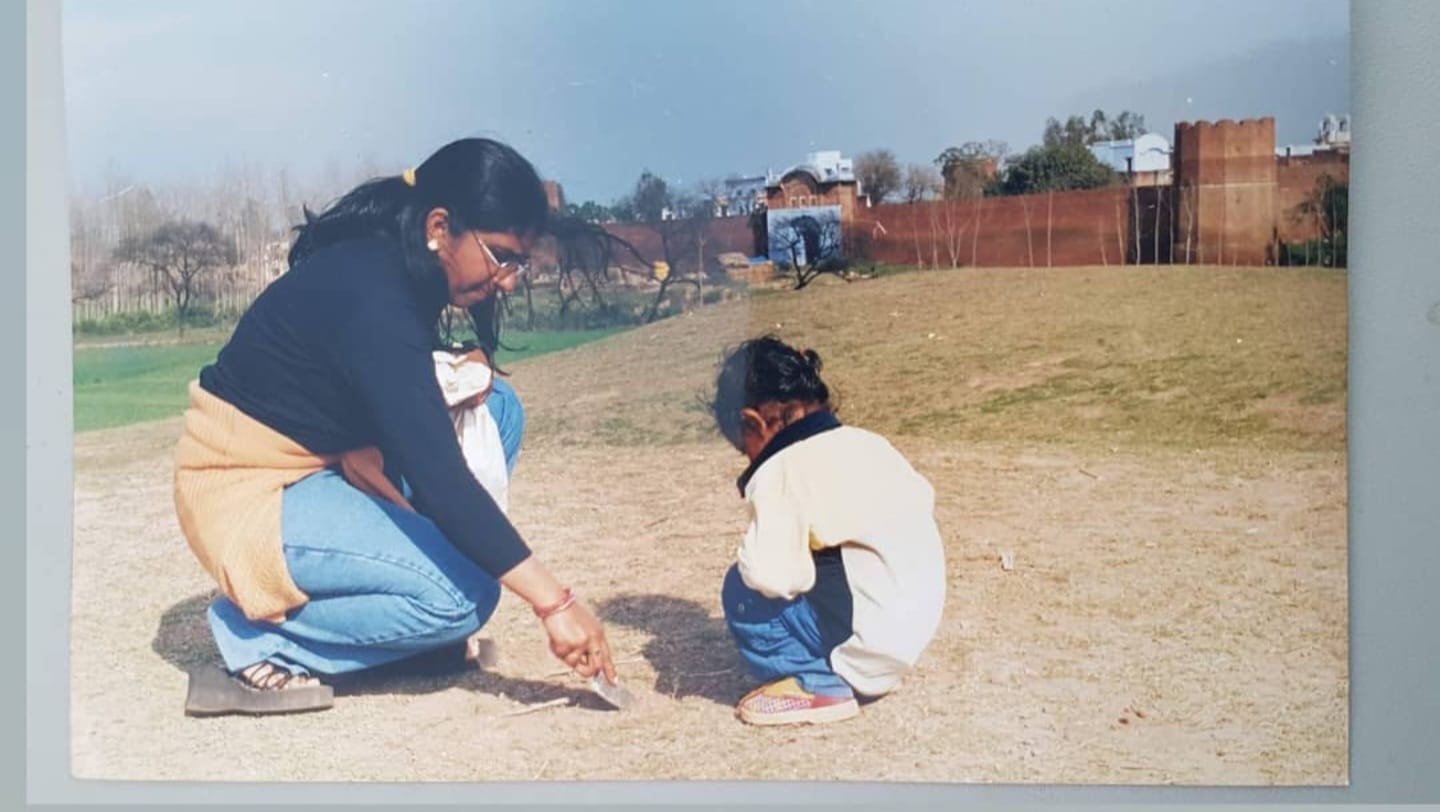
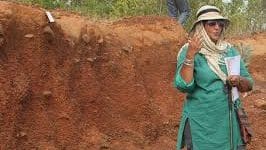
In eastern India, Vidula Jayaswal and Vibha Tripathi, born a year apart (1947 and 1948), tirelessly uncovered the archaeology of the Ganga Valley. Jayaswal worked on prehistoric sites and wrote extensively on ancient Varanasi, while Tripathi sits next to Braj Basi Lal as an authority on Painted Grey Ware and the Iron Age. Meanwhile, Sheila Mishra and Shanti Pappu have spent decades uncovering India’s palaeolithic past.
Today, the role of women in archaeology has diversified, and the list of names is longer than the subgenres of archaeology itself. In India, women continue to shape the direction of research, influencing what and how we study ancient cultures. The challenges are constant, but—like Maud, Anne, Tessa, Debala, and Katy—strength, passion, and dedication carry women through. Just as they stood their ground, so do we, and so will future generations.
In the end, archaeology is not only the study of the past, it is also about the future. Women have always been an integral part of both. Therefore, their inclusion and participation are not just valuable but necessary for reconstructing history and understanding humanity’s shared heritage.
Disha Ahluwalia is an archaeologist and research fellow at the Indian Council of Historical Research. She tweets @ahluwaliadisha. Views are personal.
(Edited by Prashant)



